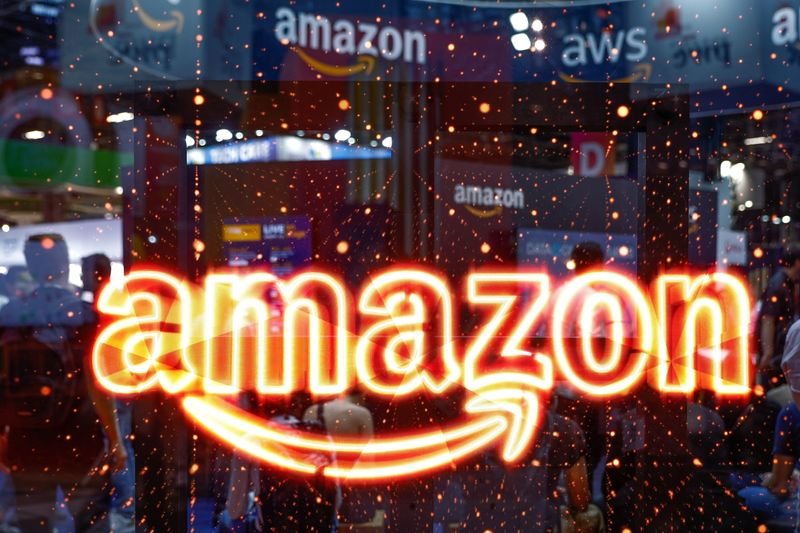The global technology landscape is undergoing a significant transformation, driven by two major forces: trade tensions threatening AI infrastructure expansion, and surging carbon emissions tied to data center growth. Drawing on recent Reuters intelligence, this article dives deep into how tariffs and environmental pressures are reshaping the trajectory of the tech revolution—and what it means for the future.
Tariff Shock: Cold Water on a Booming AI Market
The Surge in AI Infrastructure Investment
Major U.S. tech firms—like Alphabet and Microsoft—had led a surge in AI infrastructure spending in recent years. In 2025 alone, these giants pledged roughly $155 billion toward data centers, electric grids, and AI deployment—making up nearly half of the approximately $320 billion forecasted globally. Their investments signaled a robust commitment to doubling down on AI capabilities, recognizing its transformative potential across industries.
Tariffs Cast a Shadow
However, this momentum has slowed. Escalating U.S. tariffs—some as steep as 145% on Chinese electronics—have disrupted the supply of critical data center components. Equipment like servers, energy modules, and networking gear, partially manufactured in China, is now vulnerable to higher tariffs, raising deployment costs and complicating logistics.
This disruption is causing hyperscale tech companies to reevaluate or delay major infrastructure builds. Reports indicate Microsoft has paused projects aiming to use upwards of 2 gigawatts of power in the U.S. and Europe, while Amazon has reportedly shelved some data center leasing plans. These pauses reflect a strategic pivot—slowing expansion to reassess cost structures under new trade rules.
Weighing Short-Term Strains Against Long-Term Strategy
Industry analysts warn of short-term setbacks, but they don’t dismiss the long-term AI trajectory. Lower consumer demand, supply chain hurdles, and tariff-induced cost inflation may temper near-term returns, but the core demand for AI remains. As one private equity insider told Reuters:
“The large tech players cannot afford to lose the AI race.”
Investment slows don’t imply cessation. Many companies continue critical AI-capital projects, albeit under revised timelines or adjusted locales. This cautious recalibration underscores resilience against geopolitical volatility.
Environmental Toll: AI’s Mounting Carbon Footprint
Rapid Emissions Rise
The environmental cost of AI adoption is becoming starkly clear. According to a United Nations report by the ITU, Amazon, Microsoft, Alphabet, and Meta saw their indirect carbon emissions—those tied to electricity and energy use—jump by an average 150% from 2020 to 2023: Amazon (182%), Microsoft (155%), Meta (145%), and Alphabet (138%). These figures expose a major side effect: the unchecked expansion of data centers and AI workloads is fueling CO₂ emissions at an alarming pace.
Projected estimates suggest AI-related emissions may reach up to 102.6 million metric tons of CO₂ equivalent annually—comparable to the annual output of a country like Sweden.
Energy Infrastructure Strain
Data center electricity demand has surged to a pace four times faster than overall global power consumption. This trend strains power grids and can lead to increased reliance on fossil fuels, especially in markets where renewable energy supply is limited.
From Commitment to Action?
While these tech giants have publicly committed to carbon reduction goals, the data suggests limited progress in reversing emissions trends. The gap between sustainability pledges and actual environmental impact is widening.
Yet there are signs of movement—Meta has highlighted its efforts to improve data center efficiency and raise renewable sourcing. With rising regulatory pressures and growing public scrutiny, more substantive efforts appear inevitable.
Reconciling Growth, Trade, and Sustainability
The combined challenges of global trade disruption and environmental impact point to a crossroads in the tech world:
| Threat | Impact | Industry Response |
|---|---|---|
| Tariffs & Trade Barriers | Higher costs and project delays for hyperscale AI infrastructure | Delayed projects; localized sourcing; strategic pauses |
| Carbon Emissions | Soaring indirect emissions from data centers increasingly under scrutiny | Efficiency gains; renewable sourcing; greener designs |
Strategic Workarounds: Localization & Diversification
To blunt tariff risks, many tech firms are reconfiguring supply chains. Localization—shifting data center builds and equipment sourcing to non-Chinese regions—is now a bigger trend. While costlier upfront, this strategy hedges against future trade upheavals.
Green Data Centers: A New Frontier
The environmental imperative is pushing innovation in green data center design. Advances include:
-
Renewable Energy Integration: Solar, wind, and hydro use to offset grid energy.
-
Advanced Cooling Systems: Liquid immersion and free-air cooling to reduce electricity usage.
-
Energy Reuse: Channeling excess heat from data centers into community heating systems.
Some facilities may evolve into self-contained micro-grids, pairing AI workloads with local clean energy production.
Policy & Accountability
Policymakers are starting to hold Big Tech accountable. Tariff debates are now intertwined with emissions and energy impacts. Upcoming legislation in the U.S. and Europe may mandate:
-
Transparency in energy sourcing.
-
Carbon-linked tariffs.
-
Incentives for green data center investment.
The intersection of fiduciary duty and environmental responsibility is intensifying for company boards worldwide.
Case in Point: The TSMC Comparison
To illustrate this tension, consider TSMC’s aggressive plan to roll out “stitch‑together” chip modules like its A14 integrated with optical interconnects. To support these powerful AI processors, the company is building two new factories in Arizona—part of a $multi-billion U.S. manufacturing and packaging cluster. This strategy reflects the dual aim of:
-
Geopolitical Hedging: Reducing dependence on East Asian production.
-
Environmental Control: Enabling stricter local energy-management standards.
TSMC’s approach underscores a wider convergence: AI growth now hinges on tech, trade, and green policy.
Conclusion and Outlook
The rapid expansion of AI infrastructure is bumping up sharply against global realities—tariff disputes and ecological limits. These pressures compel tech leaders to rethink strategies that once prioritized speed and scale over resilience.
Key takeaways:
-
Tariffs: Prompting a shift toward decentralized, region-specific infrastructure.
-
Emissions: Forcing innovation in data center efficiency and clean energy use.
-
Regulation: Likely to tighten around AI, energy sourcing, and carbon disclosures.
In facing this inflection point, the tech ecosystem must balance profitability with supply-chain adaptability and ecological responsibility. The winners will be those that integrate strategic trade navigation with sustainable innovation—shaping an AI future that is fast, fair, and carbon-conscious.






